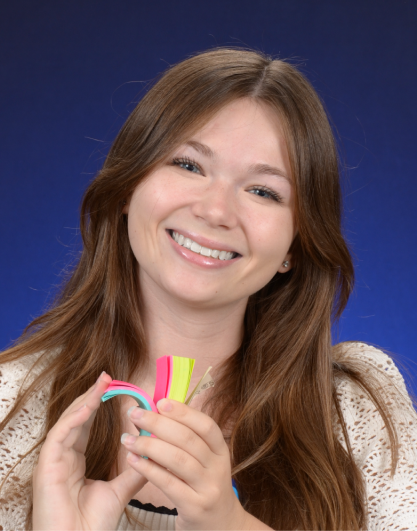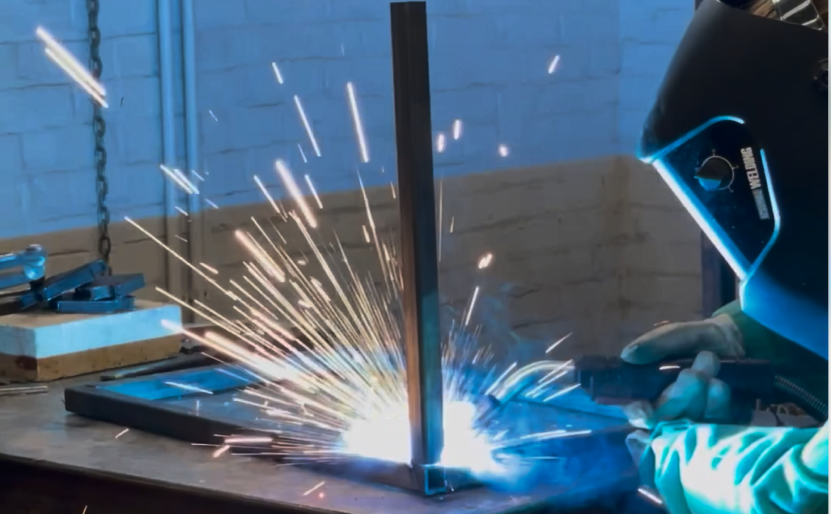About
It was love at first sticky note...
for me and Design! Once I stumbled upon a course in Human Computer Interaction, I declared a minor in Collaborative Innovation Design, interned as a UX Designer, and worked as an HCI Research Assistant.
In my professional roles, I’ve set UX research standards, led interface redesigns, and ensured accessibility compliance. My experience finding product market fit with sales and marketing teams and overseeing product development with software engineers has uniquely prepared me to collaborate with cross-functional teams and design experiences at the intersection of viability, feasibility, and desirability. I’m truly grateful to do what I love most: getting to know people and empowering them through delightful experiences.



Design Values
Curiosity
I'm passionate about listening to people’s stories and eager to uncover actionable insights. I love asking questions and unpacking contradictions.
Empathy
I’m not just designing for users. I’m designing for people. With each new thing I learn about them, I’m more driven to deliver meaningful solutions.
Collaboration
I communicate with and lift the voices of cross-functional teams, seek advice from domain experts, and help potential users express their tacit needs.
Adaptability
I embrace ambiguity and follow an iterative process, refining research strategies and designs as I grow in understanding of users and their needs.
Accessibility
I believe that understanding the context around people’s needs—such as their environments, situations, and abilities—leads to better products for everyone.
Simplicity
I distill complex problems into digestible insights and craft designs that prioritize clarity and ease of use to allow people to focus on their jobs to be done.
Design Process
I choose design techniques and tools based on the context of each unique team, brand, product, and target user group. My process is rarely linear, but I generally work in the following phases to answer key questions:
- What are our project requirements, business goals, and target market?
- What are our Objectives and Key Results (OKRs)?
- Do we need to adjust our team, timeline, or scope to realistically meet our OKRs?
- What trends, competitors, or emerging technologies could impact our design?
- What existing research can we use to inform our study?
- What assumptions are we making, and how can we test them?
- Who are our target and extreme users?
- How does what users say compare to what they do? What causes discrepancies?
- Where do user’s goals align with our business goals and expertise?
- What obstacles do users face in achieving their goals, and what is the context?
- What is the highest root cause of these obstacles that we can address?
- How do they get around these obstacles?
- What patterns are there among those who share the same obstacles?
- What are silly/outrageous ways to solve this problem?
- What would an ideal solution look like from the user’s perspective?
- What constraints and opportunities do we have?
- Which ideas align most closely with user needs and business goals?
- What question do we want each prototype to answer?
- What level of fidelity will help us answer our questions?
- What elements of each design are working well, and what needs improvement?
- How can we measure the effectiveness of a solution?
- What is the minimum loveable product? How can this design grow over time?
- How can we ensure a seamless handoff between design and development?
- What are the key milestones and deliverables for this project?
- How will we measure the success of the final solution post-launch?
- What is our plan for post-launch support and future iterations?